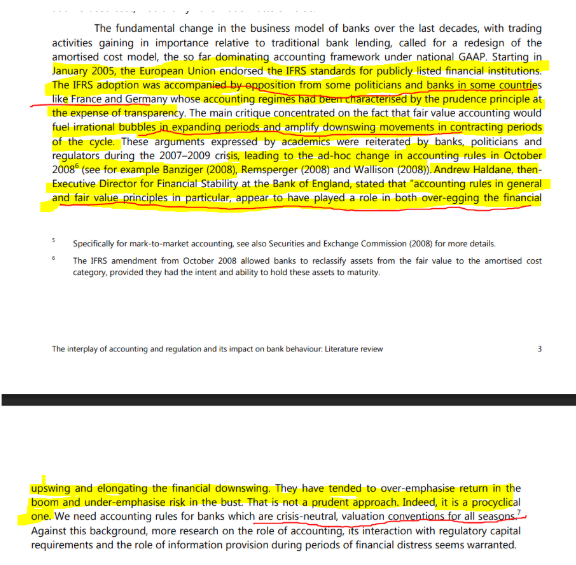Additional elements from Gundlach - Rosenberg interview.
https://twitter.com/GraphCall/status/1987932209278234960
FALSE LIQUIDITY FROM MANY PARTIES:
Harward was a tell tale example. It is basically pay as you go. $50 billion endowment.
Locked up in illiquidity and had to raise funds.
Harward was a tell tale example. It is basically pay as you go. $50 billion endowment.
Locked up in illiquidity and had to raise funds.
GUNDLACH MOVING AWAY FROM RISK
Moving higher in credit.
A bit less in lower credit.
YIELD CURVE SITUATION
84% of issuance one year or less in maturity
1.75% of the 12 months issuance is on the long end.
Moving higher in credit.
A bit less in lower credit.
YIELD CURVE SITUATION
84% of issuance one year or less in maturity
1.75% of the 12 months issuance is on the long end.
THE LIZZ TRUSS RIsk
Lizz Truss, the gilt went up 150 bps. 30-35% drop in Gilts.
That was a buyer strike, might cause that type of action.
That might cause a WWII type of situation with rate of 2.5% with manipulation of yields.
Our comment:
Bessent has seen that, and that’s why it is issued on the long end, and there is very little on the long end. BUT paradoxically the issuance had an effect on the curve and not sooo much on the long end but on repo and mid-curve. Another point though is that a LOT of long end maturity bonds are held abroad vs WWII
Lizz Truss, the gilt went up 150 bps. 30-35% drop in Gilts.
That was a buyer strike, might cause that type of action.
That might cause a WWII type of situation with rate of 2.5% with manipulation of yields.
Our comment:
Bessent has seen that, and that’s why it is issued on the long end, and there is very little on the long end. BUT paradoxically the issuance had an effect on the curve and not sooo much on the long end but on repo and mid-curve. Another point though is that a LOT of long end maturity bonds are held abroad vs WWII
FOREIGN MONEY RISK
3 TR net position long in the US was from foreigners 18 years ago
28 TRILLION TR last year, so no wonder stocks went up.
This position has reversed in recent quarters, and there were recently flows out.
And that’s why Gundlach is a bit of a currency raider.
3 TR net position long in the US was from foreigners 18 years ago
28 TRILLION TR last year, so no wonder stocks went up.
This position has reversed in recent quarters, and there were recently flows out.
And that’s why Gundlach is a bit of a currency raider.
POSITIONING:
He does not want us stocks, no value and the market is inn topping process.
Bit and pieces on allocation 25% gold (it increased because it went up so much)
40% foreign stocks , no US stocks.
He does not want us stocks, no value and the market is inn topping process.
Bit and pieces on allocation 25% gold (it increased because it went up so much)
40% foreign stocks , no US stocks.
Q&A PRIVATE CREDIT CONTAGION EFFECT IN BANKING: YES
One more indicator: ETF for retail:
“Ultimate sin” he said.
Private credit once again the leading candidate for the next Financial shock.

One more indicator: ETF for retail:
“Ultimate sin” he said.
Private credit once again the leading candidate for the next Financial shock.


• • •
Missing some Tweet in this thread? You can try to
force a refresh












